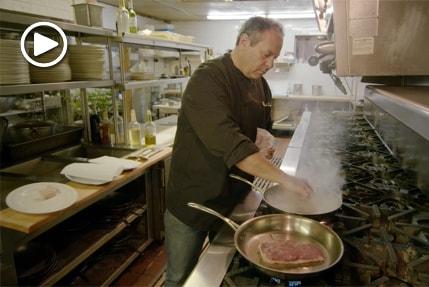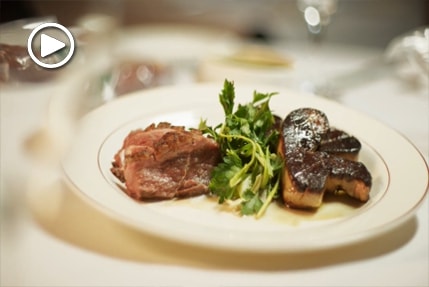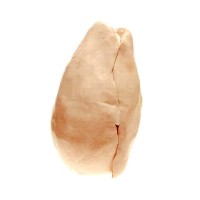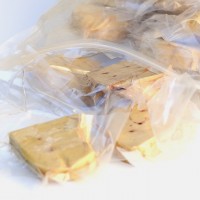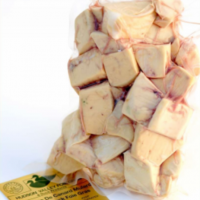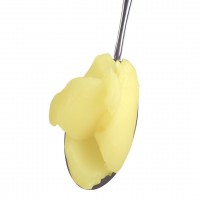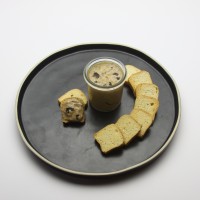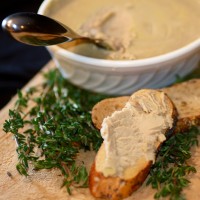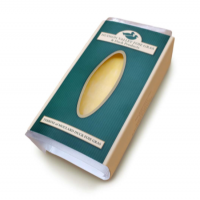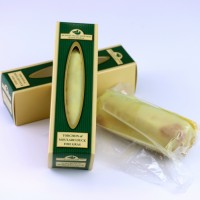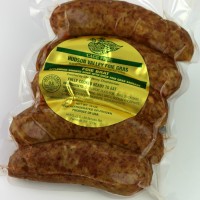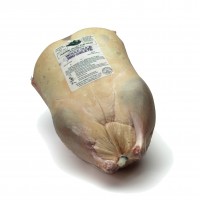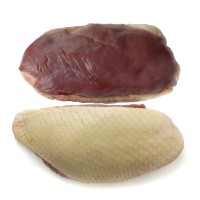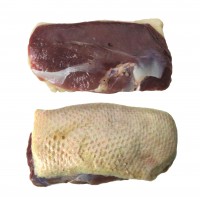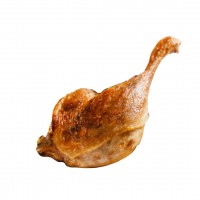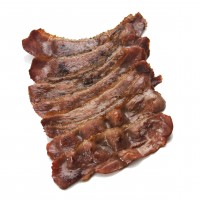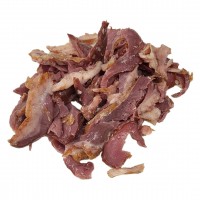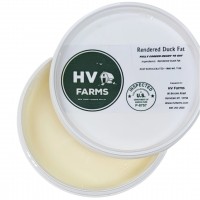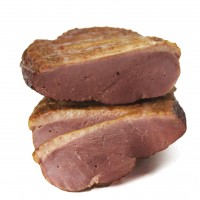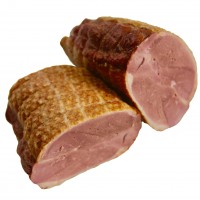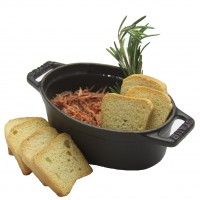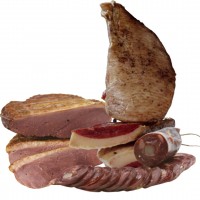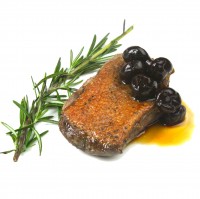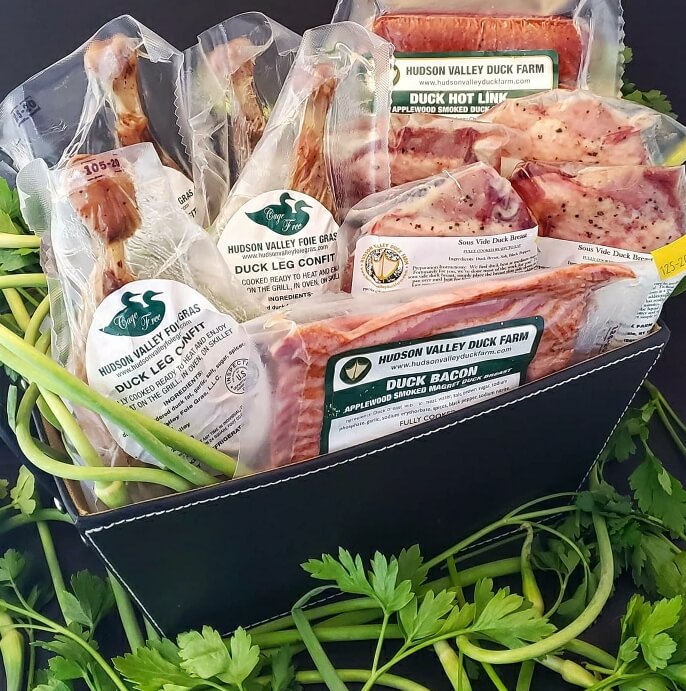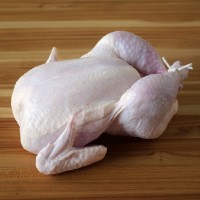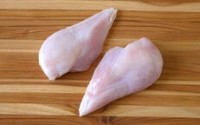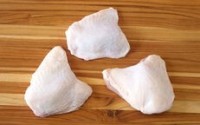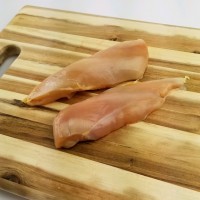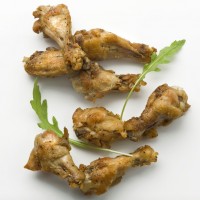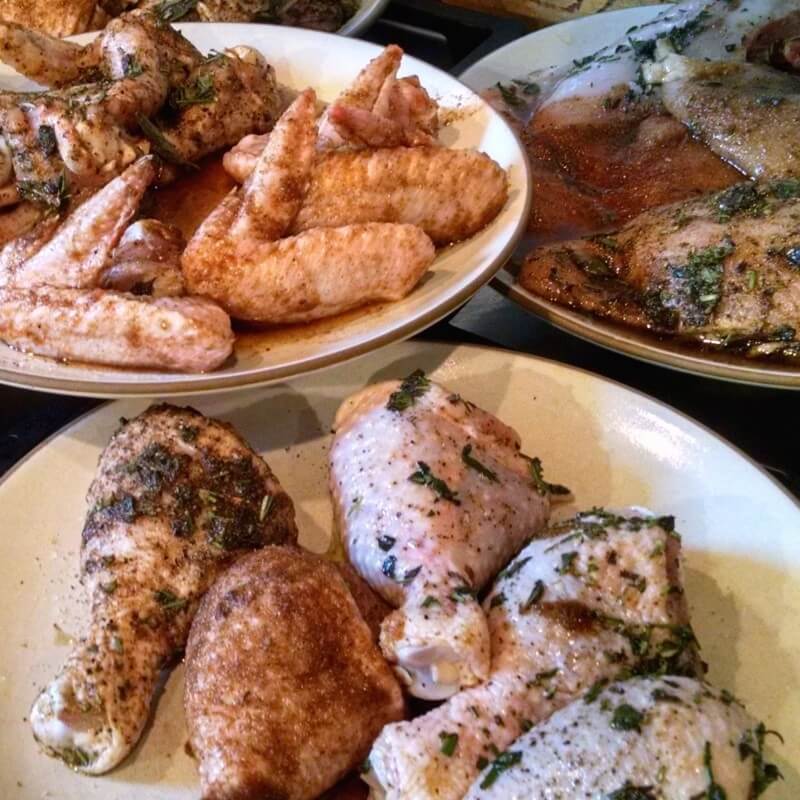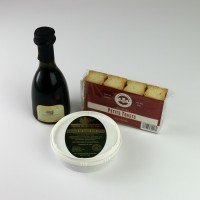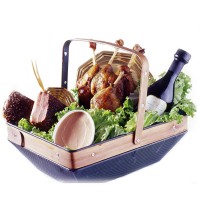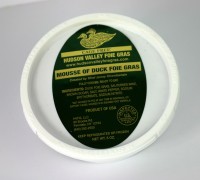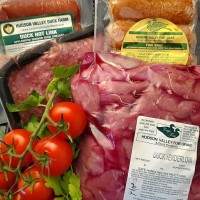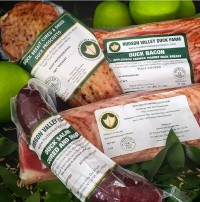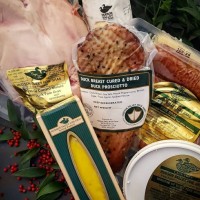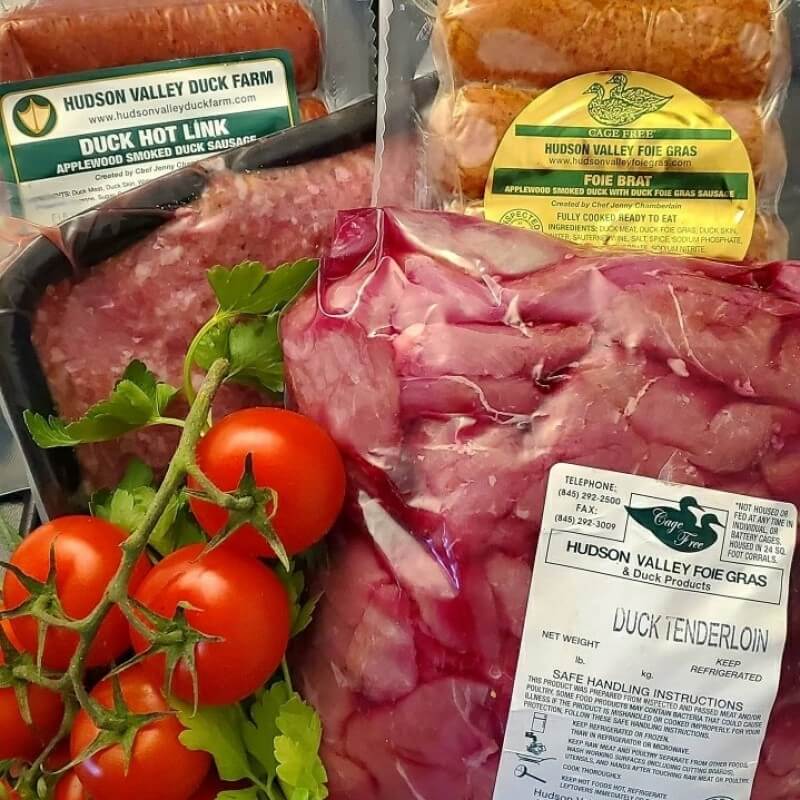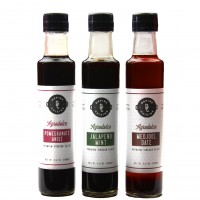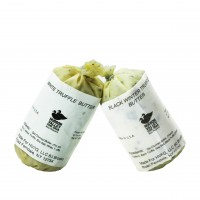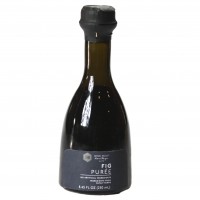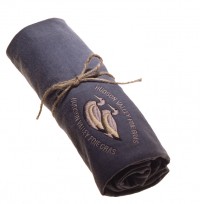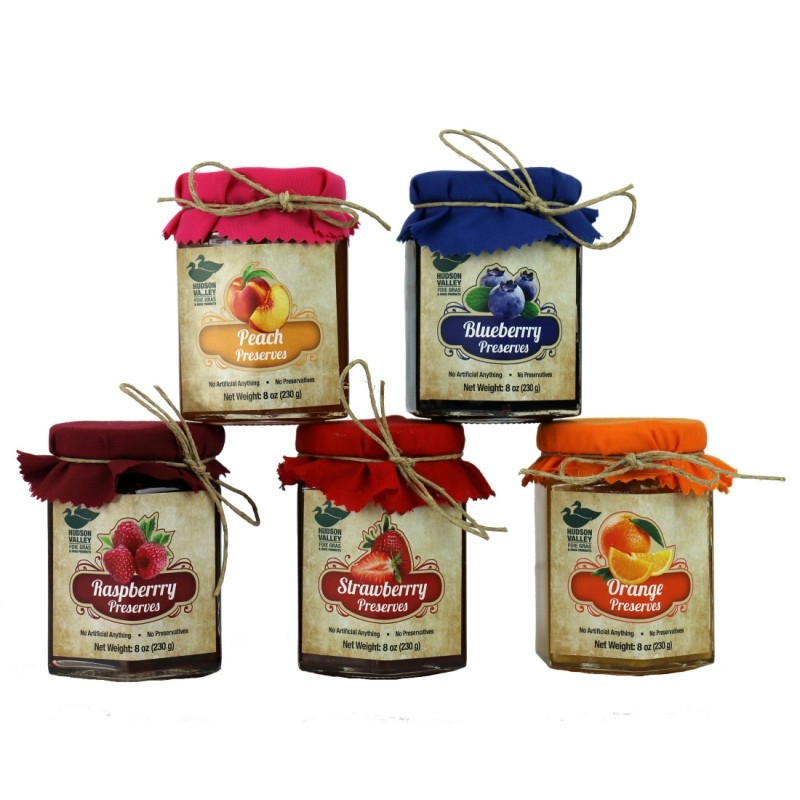Food & Travel
Israel: An Evolving Culinary Scene
I have lived in Israel for several years and even served as an officer in its army. Therefore, I am very partial to its people and its cuisine.An invitation to coordinate a cross cultural culinary exchange whereby several leading American chefs would travel to Israel to prepare a charitable dinner for the renowned Schneider's Children Hospital as well as meet with and sample the creations of the country's leading chefs and food producers, was a sort of home coming. Lufthansa and Sheraton Tel-Aviv who provided the transportation and accommodations for this worthy cause sponsored the event.
Israel is on the verge of defining its cuisine. Like the United States, it is a country composed of multiple ethnic groups that have immigrated from as many as ninety countries. The majority of its population arrived from Eastern European countries such as Russia, Poland, and Hungary, and Middle Eastern and North African countries such as Morocco, Greece and Syria.
The era of culinary enlightenment in Israel began in the early 1990's, in response to newfound prosperity stemming from recent developments in high tech industries. The culinary revolution taking place is comparable to the one that occurred in the United States in the late 1970's. A young generation of Israeli chefs, descendants of this aforementioned East/West marriage and invigorated by culinary internships and travel experiences abroad, are fusing the elements of hearty, cold–weather cuisine of Eastern Europe with the piquant, grain and legume based hot-climate cuisine of the Middle East. Cooking is suddenly being recognized as a venerable profession and the Chef is gaining respect as an artist. Culinary schools will graduate as many as 3000 students this year, all eager to join the expanding and exciting restaurant industry.
The successful integration of Israel's burgeoning culinary scene is greatly facilitated by the ever-increasing abundance of natural and fresh local products. Israel is a leader in the production of the moulard duck and its foie gras, and a pioneer in artificial pool harvesting of fresh water fish, such as salmon, trout, and St. Peter's fish. Day boats in the Mediterranean catch a variety of saltwater fish, such as barbonia (red mullet), sea bass, and grouper, and seafood such as squid, crab and shrimp. The broad diversity of climatic and geographical conditions that exist across Israel's territory enable the cultivation of a large selection of high-quality fruits and vegetables.
The culinary excursion involved a group of talented American chefs; namely David Burke (Park Avenue Café, NY), Rick Moonen (Oceana, NY), Douglas Rodriguez (Patria, NY), and Ken Oringer (Clio, Boston). The participants, ever inquisitive and hungry for diverse learning experiences, were determined to sample the best Israel has to offer, from the traditional simple foods typically associated with middle eastern cooking, such as hummus with pita bread, to the elaborate and sophisticated dishes emanating from Israel's hottest kitchens. The journey's goal also included deriving appreciation for the vibrant and changing culture, shaped by such a religiously passionate history of epic proportions.
The group spent eight phenomenal days in Israel, during which time we prepared two gala benefit dinners. The remainder of our visit was dedicated to a mad dash, touring some of the wold's most awesome sights such as mythic Masada (the façade of which we hiked); the Dead Sea, also the lowest point on earth so hot we almost turned into confit!); old Jerusalem, and the Western Wall (at which we prayed). The Golan Winery in Northern Israel hosted an afternoon and introduced several surprisingly great wines and an exceptional brandy. We made it a priority to reserve time in order to experience the frenzied nightlife of Tel Aviv, abounding with dynamic and thrilling nightclubs and discotheques. Regardless of the activity, a tasting of local food was always the highlight. We sampled various artisan goat cheeses under the shade of pine trees, prepared and served by Shai Zeltzer, a reclusive and proud shepherd situated in the hills of Judea. Travelling to the Golan Heights allowed for a pit stop at the Druze sect village of Dalia-Al-Carmel where we indulged in falafel (deep-fried chick pea puree balls) wrapped in large circular Druze pitas, a specialty flatbread plentifully flavored with herbs and freshly served from the taboon, a clay oven similar to the Indian tandoori oven. Whenever possible, we dined outdoors surrounded by the seductive Mediterranean vista, the majestic mountains, or the breathtaking ancient sights.
Until the recent culinary renaissance, the cuisine of Israel has been closely associated with certain staple foods, enjoyed for their simplicity and familiarity. Although this is still the case to some extent, improved quality and diversity of the raw products coupled with an epicurean interest in taste and aroma have insured that even the most commonplace dishes are being flavorfully reinvented. Preparations are kept simple; grilling being the usual technique. Most meals commence with mezze, a dazzling array of small, appetizer-like dishes, shared family-style and intended to stimulate the appetite. Hot pitas accompanying the mezze are used for dipping into the various spreads. Typical mezze will always include hummus, one of Israel's national foods, and at its best, an a-la-minute fork-mashed spread of chickpeas and garlic, glistening with a drizzle of extra virgin olive oil, a squeeze of fresh lemon, and garnished with parsley. Hummus is only improved upon with a topping of foul (pronounced fool) a warm slow-cooked stew of dried fava beans. Other mezze include tahini, similar to hummus only made from a sesame seed paste instead of chick peas; tabbouleh, a bulgur wheat, parsley, mint, and vegetable salad; labaneh, a sheep's milk yogurt dip garnished with olive oil and paprika; and Moroccan "cigars", phyllo sheets stuffed with a mixture of minced lamb, onion, parsley, cumin and cinnamon, then rolled into a cigar shape and deep fried. And if these do not suffice, more mezze might be brought out, such as stuffed grape leaves, eggplant salad, jellied calf's foot, Moroccan carrot salad, pickled turnips, fried goat's milk cheese with mint, and any number of salads laced with cumin and turmeric. The table is also set with fiery condiments such as harissa, a mixture of red chiles, tomatoes, red peppers and garlic, cumin, coriander, lemon juice, and olive oil; and zhoug, an extremely hot relish of chili paste, parsley and coriander.
In the spirit of Israeli culture, mezze are intended to be shared at the table and to enhance the feeling of familial unity. They are also an ideal way to taste a wide variety of dishes and flavors. Mezze are then followed by the main course. Along the shoreline, restaurants specializing in fresh fish and seafood typically serve grilled whole fish with lemon and garlic or deep-fried red mullet. Restaurants specializing in mangal, the local word for barbecued meat, on the other hand, serve grilled skewers of lamb, poultry and a dizzying variety of offal including foie gras (a surprising favorite) over large, flat, freshly baked Iraqi pitas. Perusing the tabletop you might find skewers of lamb shishlik, cornish hen, moulard duck breast, shish kebab (seasoned ground meat), beef udder, turkey testicle, spine, sweetbreads and my favorite…foie gras.
After such feasting fit for kings, desserts that conclude the meal are sweet and refreshing. They consist of gorgeously ripe fresh fruit, braised figs and almonds, chilled watermelon served with salty feta cheese (analogous to the traditional American apple pie with cheddar cheese), and baklava, the notoriously sweet but homey squares of honey-drenched phyllo dough filled with pistachios and almonds.
Israel's upscale dining scene, on the other end of the culinary spectrum, hosts a galaxy of vital and sophisticated restaurants whose stoves are manned by a bevy of rising talent. This stellar cast includes such illustrious eateries as Roschfeld's, Golden Apple, Arcadia, Chimichanga, Erez, and Mika. Dining in these exciting restaurants demonstrated the evolving dining scene in Israel and left us with many memorable meals.
At his recently-opened namesake eatery, Chef Roschfeld's emerging style is reminiscent of the south of France. Roschfeld is recognized as being one of the most talented chefs in Israel and possibly in any culinary arena. Set in the beautiful Golda Center, Roschfeld's open kitchen faces a bright modern dining room. With its outstanding service, the best wine list in Israel with over 450 selections, and an ambitious pastry program, Roschfeld's has created quite a stir. On a recent visit, we enjoyed his signature dishes of wild asparagus with three textures, a ragout of çepe mushrooms and wild asparagus sauteed in olive oil and chicken jus, and a gelatin disk of chilled lobster consomme with diced asparagus and lobster in a Jerusalem artichoke foam. We were also impressed by his grilled red snapper with 10 herbs and white wine, served over thin ravioli pasta and topped with fresh mascarpone cheese. An Asian-inspired napoleon of phyllo dough layered with grilled eggplant and yellowtail sashimi, marinated in fresh, almost acrid green olive oil, Japanese mirin wine and sesame oil was as impressive as it sounds. The dessert course consisting of caramelized pears, marinated in white wine, honey, cardamom, and brown sugar and a rich chocolate torte with chocolate ganache concluded the stately meal.
On another occasion, we were fortunate to have dinner at the Golden Apple, voted the 1998 GaultMillau restaurant guide's top eatery in Israel. The Golden Apple is a star-vehicle for Chef Yisrael Aharoni, an acknowledged pioneer of gourmet cuisine in Israel, television food personality, cookbook author, and food columnist. Although Aharoni owns several upscale Chinese restaurants, the much-lauded and beautiful 49-seat Golden Apple situated in southern Tel Aviv is decidedly French with Mediterranean overtones. Signature dishes we found included a perfectly grilled sea bass caramelized with balsamic vinegar and red pepper chutney, herb-crusted lamb chops served with ratatouille and eggplant caviar, and briny yet succulent langoustines with pan seared sweet potato gnocchi.
Both Roschfeld's and the Golden Apple are esteemed and venerable restaurants offering a loyal following some of the best European-inspired cuisine in Israel. Other restaurants, such as Arcadia, are maintaining their themes closer to home. With a focus on exploiting local products and elevating Israeli traditions, Arcadia highlights the culinary talents of partner chefs Tamar Blay and Ezra Kedem. Arcadia is located in a low-key back alley of central Jerusalem, in a beautiful ancient stone building surrounding a courtyard. Fond of growing fresh herbs in their garden, Blay and Kedem are turning out such delicacies as shrimp smothered with sundry sweet and spicy peppers, eggplant and goat cheese ravioli, grilled foie gras with green and purple figs in a balsamic/port glaze, and baby lamb chops and lamb sweetbreads with fava beans, sugar-confited eggplant, and lamb jus.
While some restaurants, like Arcadia, are maintaining an updated Israeli cuisine firmly rooted in local products and committed to tradition, others are turning to the United States for their inspiration. For instance, Tel Aviv's Chimichanga restaurant, with a nod to Coyote Café in Santa Fe, New Mexico, excels in southwestern preparations utilizing such ingredients as cilantro, herbed citrus fruits, and hot chilies. Another, Chef Erez Komarovsky's Erez, purports a California/Mediterranean style, light and airy, similar to Campanile or La Brea Bakery. A former bakery turned restaurant Erez is located in Herzelia, just north of Tel Aviv. Celebrated dishes include roasted Jerusalem artichokes with roasted garlic and parmesan cheese, grilled head-on prawns with red chili oil, and lamb cutlets with goat cheese and watermelon. On the night of our visit, we feasted on Israeli cucumbers with fresh whole almonds and opal basil, drizzled with extra-virgin olive oil and sea salt; roasted artichokes with preserved Moroccan lemons; a fashionable grouper carpaccio with beet juice, olive oil, and sea salt; and a delicate pastilla of phyllo dough spiced with cinnamon, cardamom and sugar, and filled with mild cheese, raisins, pine nuts and rosemary.
Guests leaving Mika Sharon's cavernous and stunning restaurant, Mika, could just as easily be stepping out into New York City's trendy SOHO neighborhood as they do into central Tel Aviv. One side of the dining room is dominated by a mahogany bar, the site of a brisk cocktail business, and serviced by a waitstaff dramatically dressed in black. A well-traveled and well-trained chef, Sharon enjoys offering Israeli diners a taste of New York style and sensibility, with such creations as barbecue-marinated spareribs, wasabi-crusted salmon, and rarely seen imported langoustines in a spicy herb and lemongrass pesto.
Israel's evolving restaurant scene encompasses different types of dining options,from simple outdoor tavernas serving delectable mezze to upscale eateries vying for GaultMillau rating recognition. In between, there are special interest dining spots, featuring unique must-have dishes. For instance, the remarkable Margarit Tayar eatery, an open-air restaurant with a thatched roof overlooking the ocean in Jaffa, which received the Golden Dish award by acclaimed food writer Alan Richmond for the grilled grouper fish kebab. If you can forgo an elegant setting, and are prepared to spend a few extra shekels on food quality, then you will have one of the most remarkable dining experiences around. Tayar serves extraordinary fish cous cous (tiny yellow semolina grains) with harissa, a fiery North African condiment of hot chilies, garlic, coriander, cumin and vinegar, delectable deep-fried fresh sardines stuffed with mixed fish and seafood, and perhaps the best stuffed grape leaves on the planet, filled with rice and currents and nestled atop warm labaneh cheese, among other Tripolitan specialties. Similarly, visit Mustafa, an ancient Arab storefront also in Jaffa, for simply the best hummus, foul, and falafel anywhere. If you are craving shakshouka, the breakfast food of Tripoli, Libya, of poached eggs with marguez sausage and a spicy tomato and pepper condiment, then of note is Dr. Shakshouka, a famed establishment that turns out over 800 of these dishes daily.
At the conclusion of our trip, the participating American chefs and their Israeli counterparts were amazed and delighted with the opportunity to exchange ideas and share their culinary experiences. The foods tasted, set in such historic and breathtaking sights, were above and beyond the middle eastern stereotypes that exist in the United States today. Israel's culinary scene is constantly evolving, facilitated by a growing bounty of indigenous and imported products and an appreciative clientele, to showcase an unprecedented number of enthusiastic and talented chefs and their sophisticated restaurants. Make any effort necessary to visit Israel and taste the foods for yourself, and you will be considerably grateful you did.



